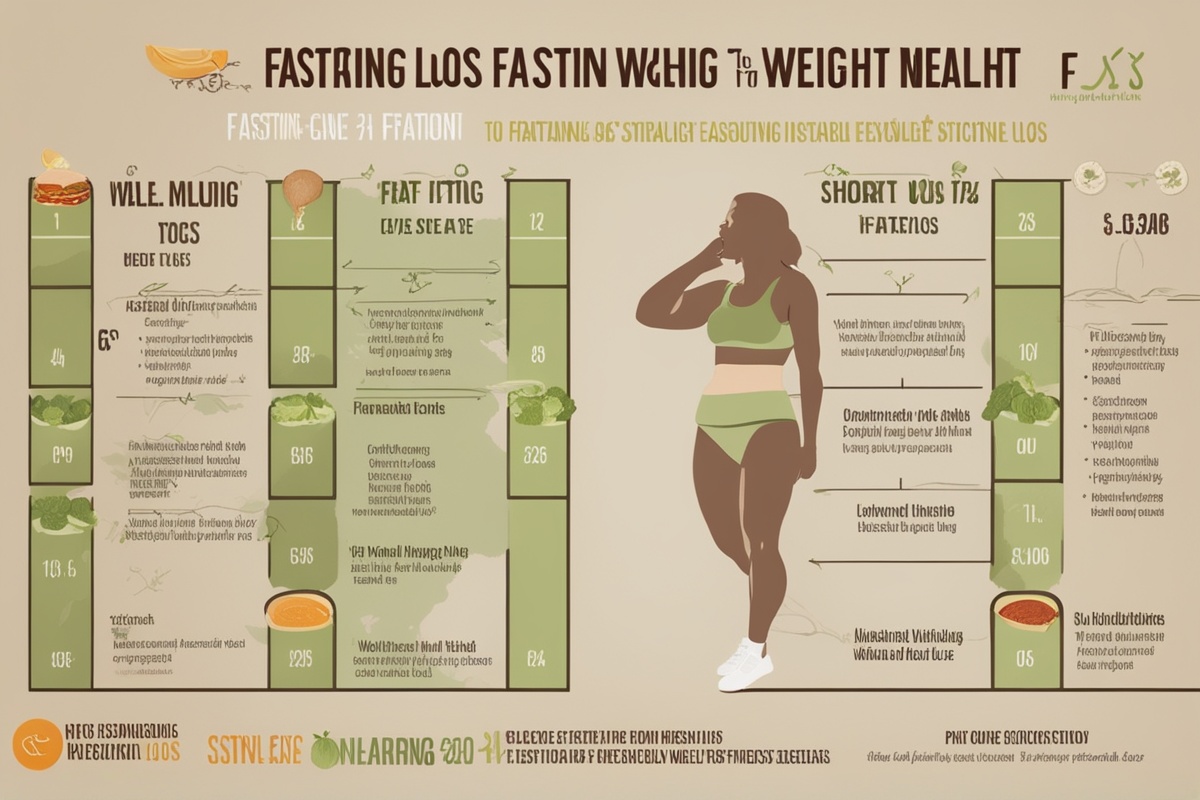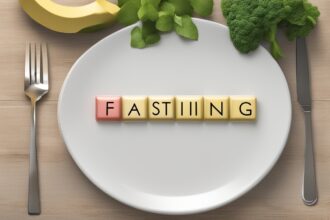Intermittent fasting (IF) has gained immense popularity as a powerful strategy for weight loss, improved metabolic health, and overall wellness. Unlike traditional diets that focus on what you eat, intermittent fasting emphasizes when you eat. By incorporating structured eating and fasting windows into your routine, you can achieve sustainable results. One of the keys to success with IF is having well-thought-out intermittent fasting meal plans that align with your lifestyle and nutritional needs. In this comprehensive guide, we’ll explore how to create effective meal plans for intermittent fasting, tips for success, and practical ideas to help you get started on your weight loss journey.
What Is Intermittent Fasting and How Does It Work?
Intermittent fasting is an eating pattern that cycles between periods of eating and fasting. It doesn’t dictate specific foods but rather focuses on timing. Popular IF methods include the 16/8 method (fast for 16 hours, eat during an 8-hour window), the 5:2 diet (eat normally for 5 days, restrict calories on 2 days), and the Eat-Stop-Eat approach (24-hour fasts once or twice a week). The primary goal of IF for weight loss is to reduce overall calorie intake while improving insulin sensitivity and promoting fat burning through a process called ketosis. When paired with balanced intermittent fasting meal plans, IF can help you achieve a calorie deficit without feeling deprived.
During fasting periods, your body shifts from using glucose as its primary energy source to burning stored fat. This metabolic switch is why IF is so effective for weight loss. However, to maximize benefits, it’s crucial to plan nutritious meals for your eating windows to avoid overeating or nutrient deficiencies.
Benefits of Intermittent Fasting for Weight Loss
Intermittent fasting offers several benefits beyond just shedding pounds. Research shows that IF can improve metabolic health by lowering blood sugar levels, reducing inflammation, and enhancing brain function. For weight loss specifically, IF helps by naturally reducing calorie intake—when your eating window is shorter, you’re less likely to overeat. Additionally, fasting boosts levels of human growth hormone (HGH), which aids in fat loss and muscle preservation.
Another advantage is the flexibility of intermittent fasting meal plans. Unlike restrictive diets, IF allows you to enjoy a variety of foods as long as they fit within your eating window. This adaptability makes it easier to stick to long-term, which is essential for sustainable weight loss. To learn more about the science behind fasting, check out our detailed post on The Science of Intermittent Fasting.
How to Create Effective Intermittent Fasting Meal Plans
Creating intermittent fasting meal plans requires a balance of timing, portion control, and nutrient density. Here are some steps to design a plan that works for you:
- Choose Your IF Method: Decide on a fasting schedule that fits your lifestyle. The 16/8 method is often the easiest for beginners, with an eating window from noon to 8 PM.
- Prioritize Protein and Fiber: During your eating window, focus on high-protein foods (like eggs, chicken, and tofu) and fiber-rich foods (like vegetables and whole grains) to stay full longer.
- Plan Balanced Meals: Include a mix of macronutrients—protein, healthy fats, and complex carbs—in each meal to maintain energy levels and prevent cravings.
- Stay Hydrated: Drink plenty of water, herbal tea, or black coffee during fasting periods to curb hunger and support detoxification.
- Avoid Overeating: It’s tempting to overindulge after fasting, but stick to moderate portions to maintain a calorie deficit.
For additional tips on meal planning, explore our guide on Healthy Eating Habits for Weight Loss.
Sample Intermittent Fasting Meal Plan for the 16/8 Method
Here’s a sample intermittent fasting meal plan for the 16/8 method, where you fast for 16 hours and eat within an 8-hour window (e.g., noon to 8 PM). This plan is designed for a moderately active individual aiming for weight loss.
- 12:00 PM (First Meal): Grilled chicken salad with mixed greens, cherry tomatoes, avocado, and olive oil dressing. Pair with a slice of whole-grain bread.
- 3:00 PM (Snack): A handful of almonds and a medium apple for a quick energy boost.
- 6:00 PM (Dinner): Baked salmon with quinoa and steamed broccoli. Add a small serving of sweet potato for complex carbs.
- 7:30 PM (Dessert/Snack): A small bowl of Greek yogurt with a drizzle of honey and a few berries.
This plan emphasizes nutrient-dense foods to keep you satisfied during your eating window. Adjust portion sizes based on your calorie needs and activity level. For more meal ideas, check out our post on Quick and Healthy Recipes for Weight Loss.
Common Mistakes to Avoid with Intermittent Fasting Meal Plans
While intermittent fasting can be highly effective, certain pitfalls can hinder your progress. One common mistake is not eating enough nutrient-rich foods during your eating window, leading to fatigue or cravings. Another is overcompensating by eating too much after fasting, which can negate the calorie deficit. Additionally, some people forget to stay hydrated, which can cause headaches or irritability.
To avoid these issues, stick to structured intermittent fasting meal plans and listen to your body. If you feel overly hungry or fatigued, consider adjusting your fasting window or consulting a nutritionist. It’s also helpful to track your meals initially to ensure you’re meeting your nutritional needs. For guidance on avoiding diet pitfalls, read our article on Common Weight Loss Mistakes.
Tips for Long-Term Success with Intermittent Fasting
Sustainability is key to making intermittent fasting a lifestyle rather than a short-term fix. Start with a manageable fasting schedule and gradually increase the fasting duration if needed. Be flexible—life happens, and it’s okay to adjust your eating window for social events or travel. Additionally, pair IF with regular physical activity to boost fat loss and improve overall health.
Another tip is to experiment with different intermittent fasting meal plans to find what works best for you. Some people thrive on two larger meals, while others prefer smaller, frequent meals during their eating window. Finally, focus on mindfulness—eat slowly and savor your food to prevent overeating. For more strategies on maintaining weight loss, see our post on Sustainable Weight Loss Tips.
Disclaimer: The information provided in this article is for educational purposes only and should not be considered medical advice. Intermittent fasting may not be suitable for everyone, including pregnant or breastfeeding individuals, those with certain medical conditions, or people with a history of eating disorders. Always consult a healthcare professional or registered dietitian before starting any new diet or fasting regimen to ensure it is safe and appropriate for your individual needs.
References
- Harvard Health Publishing – Intermittent Fasting: Surprising Update
- Mayo Clinic – Intermittent Fasting: What You Need to Know
- National Institutes of Health – Effects of Intermittent Fasting on Health, Aging, and Disease
- WebMD – Intermittent Fasting: What Is It?
- Johns Hopkins Medicine – Intermittent Fasting: What Is It, and How Does It Work?
This content is for informational purposes only and not a substitute for professional advice.






